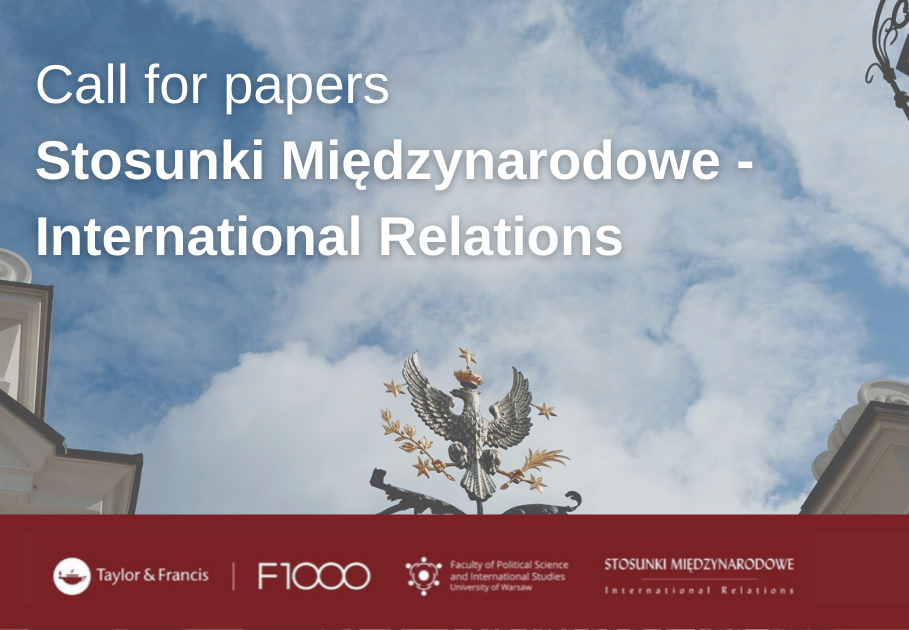About the Journal
Aims and scope
Editorial Board and Advisory Board
Ethics Policy
Privacy Policy (GDPR)
Contact
Current issue
Archive
For Authors
Call for Papers - New Publishing Platform of SM-IR
Guidelines for Authors
Formal requirements - structure of texts
Editorial requirements
Review procedure
Reviewing rules
Review process
Review procedure
Reviewing rules
Guidelines for Reviewers
Policies/Ethical Code
Contact
RESEARCH ARTICLE
Competing Regionalism in South Asia
and Neighbouring Regions under Narendra Modi:
New Leadership, Old Problems
1
Albert Ludwig University of Freiburg
Publication date: 2015-12-31
Stosunki Międzynarodowe – International Relations 2015;51(4):179-197
KEYWORDS
India‘s foreign policySouth AsiaSouth Asian Association for Regional Cooperation (SAARC)Indian Ocean Rim Association (IORA)regionalism
ABSTRACT
With the South Asian Association for Regional Cooperation (SAARC), the Indian
Ocean Rim Association (IORA), the Bay of Bengal Initiative for Multi-Sectoral and
Technical Cooperation (BIMST-EC) and the Mekong Ganga Cooperation Initiative
(MGC), four different regional/sub-regional organisations exist in their respective
regions. Yet, despite their decades-long existence, inter-state cooperation in all
four regions has failed to meaningfully advance economic, social and/or political
integration. This article uses a constructivist perspective and posits that India’s
foreign and security policy norms and ideas (termed India’s ‘cognitive prior’)
have been instrumental in determining the weak institutional design and limited
functional scope of all four organisations, allowing only a restricted degree of actual
regional cooperation to emerge. The article in particular argues that the organisations
have been used in the frame of India’s policy of ‘competing regionalism’. All four
organisations overlap in membership and sectors of cooperation. With the founding
of each new organisation, India neglected the other organisation(s) and instead
shifted its focus and resources towards the newer one. However, even competing
regionalism has not resulted in improved regional cooperation in South Asia and
neighbouring regions. At present, novel regional integration initiatives that purport
to strengthen these organisations by the new Indian leadership under Prime Minister
Narendra Modi remain elusive.
Share
RELATED ARTICLE
We process personal data collected when visiting the website. The function of obtaining information about users and their behavior is carried out by voluntarily entered information in forms and saving cookies in end devices. Data, including cookies, are used to provide services, improve the user experience and to analyze the traffic in accordance with the Privacy policy. Data are also collected and processed by Google Analytics tool (more).
You can change cookies settings in your browser. Restricted use of cookies in the browser configuration may affect some functionalities of the website.
You can change cookies settings in your browser. Restricted use of cookies in the browser configuration may affect some functionalities of the website.



